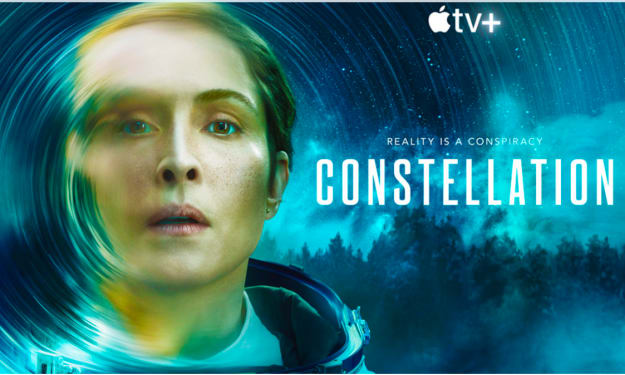AN URBAN INSTALLATION IN RESPONSE TO COVID-19 PANDEMIC.
The installation and revolutionary model will improve sanitation in urban areas by promoting and facilitating hygienic hand-washing practices.
This year, the Covid-19 pandemic has put us in an unprecedented situation, imposing many challenges, but it also became a source of inspiration for some artists and designers. In response to the current state of urban healthcare and hygiene systems, designers are trying to find alternative solutions that can help us avoid a global pandemic in the future and improve urban sanitation in general.
Chloe Rokelle Sun, an architectural designer, has visualized an urban apparatus called Living Future, in response to the challenges posed by the COVID-19 pandemic. Living Future is a concept of sustainable public space designed to provide clean water for public hand washing to mitigate the spread of Covid-19 and subsequent viruses.
Rokelle Sun says, “The COVID-19 pandemic has demonstrated that many urban centers are not ready to confront such issues and often fail to provide their citizens with safe public spaces living up to rigorous hygienic standards. Living Future is a multifunctional installation destined to help mitigate the consequences of COVID-19 and other subsequent viruses, representing a shift in public health that needs to be made.”

This multifunctional art installation piece is a Living Machine® designed to provide clean water for public hand washing, ready to be installed in over-populated urban centers. The structure of the apparatus has been created with reflective vessels to house various verdant plants — here the plants also act as filters in the ecosystem of this sustainably conceived product. A greywater filtration system reclaims the used water after hand-washing to be reused in addition to feeding the live plants in the structure. With its abundance of lush foliage, clean water, and the illuminating surface made of Nano leaf modular smart LED light panels, this piece is symbolic of the collective resilience through adversity and reflects a shift towards creative, communal efforts to nurture solutions for living and enjoying life amidst COVID-19. From the lush botanicals connected to the water filtrations representing the importance of our ecosystems to the reflective facade during the day and illuminated light panels at night, this structure is meant to be a jovial reminder that we’re all in this together.
As of today, over 55% of the world’s population lives in urban areas, a proportion that is expected to increase to 68% by 2050. Cities are densely populated, which represents certain challenges in controlling an epidemiological situation. As WHO reports, infectious diseases cause the death of 17 million people every year.
Just like previous epidemics have changed the cities and buildings, COVID-19 may have long-term effects on how public spaces are conceptualized and designed. In the early 20th century, tuberculosis influenced architectural solutions, leading to the birth of a Modernist style – minimal, spacious buildings with lots of sunlight (which was believed to be effective in killing bacteria). Even after the tuberculosis vaccine was used on humans and we saw a rapid decrease in the disease, modernist architecture has continued to be prevalent in the design of public buildings.

At the moment, humanity is facing a new challenge, and public spaces (especially in big cities) need to adapt to these new conditions, providing a safer, more hygienic environment to its citizens. The Living Future is a pioneering concept and creation that will be placed in cities in order to rapidly improve sanitation and hand hygiene, creating a safe green space for citizens and contribute to the development of sustainable urban design.
About Chloe Rockelle Sun:
As an experienced real-estate developer and investor turned Architectural designer, Rokelle’s work synthesizes experiential design and performance to create experiences unique to her studio. Her work often explores ideas of human connection and how the spaces and objects we interact with inform those connections.
With an exceptional eye for detail, Rokelle’s experiences are intended to more deeply connect us to our senses through the use of innovative design, technology, art, and architecture. These spaces and experiences are meant to encourage viewers to contemplate the environment and our societal lifestyles through conversations about the work.
About the Creator
Tyler McKinsey
Experienced Writer & Editor







Comments
There are no comments for this story
Be the first to respond and start the conversation.